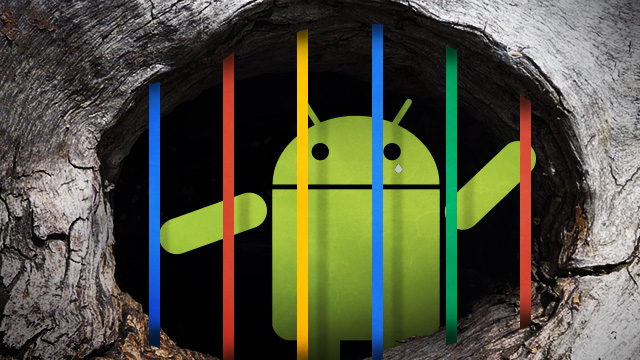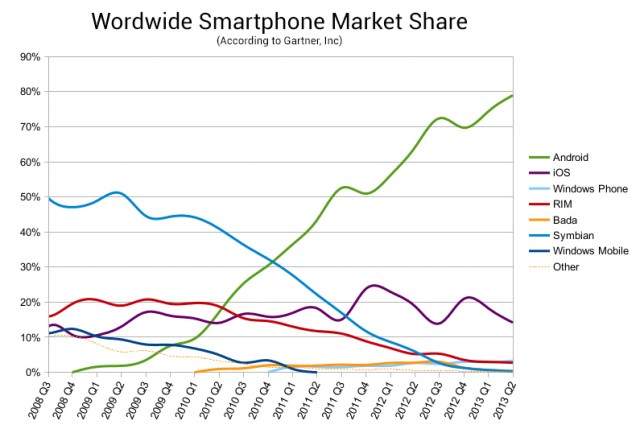In Stung! On Jellyfish Blooms and the Future of the Ocean, Lisa-ann Gershwin argues that the jellyfish are coming on, and they're coming on strong.
If I offered evidence that jellyfish are displacing penguins in Antarctica -- not someday, but now, today -- what would you think? If I suggested that jellyfish could crash the world's fisheries, outcompete the tuna and swordfish, and starve the whales to extinction, would you believe me?
This New York Review of Books review of Stung! by Tim Flannery is well worth a read, with fascinating bits throughout.
The question of jellyfish death is vexing. If jellyfish fall on hard times, they can simply "de-grow." That is, they reduce in size, but their bodies remain in proportion. That's a very different outcome from what is seen in starving fish, or people. And when food becomes available again, jellyfish simply recommence growing. Some individual jellyfish live for a decade. But the polyp stage survives pretty much indefinitely by cloning. One polyp colony started in 1935 and studied ever since is still alive and well in a laboratory in Virginia.
One kind of jellyfish, which might be termed the zombie jelly, is quite literally immortal. When Turritopsis dohrnii "dies" it begins to disintegrate, which is pretty much what you expect from a corpse. But then something strange happens. A number of cells escape the rotting body. These cells somehow find each other, and reaggregate to form a polyp. All of this happens within five days of the jellyfish's "death," and weirdly, it's the norm for the species. Well may we ask of this astonishing creature, "Sting, where is thy death?"
(via phil gyford)
Tags: books Lisa-ann Gershwin Tim Flannery







